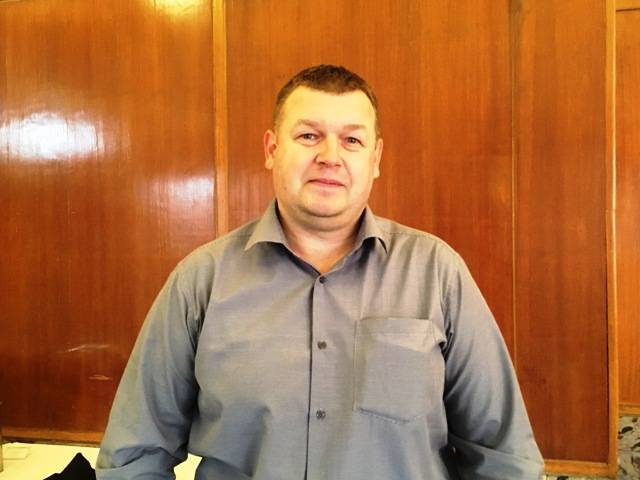
Maintaining the soil quality is one of the several things that is challenging the agriculture worldwide. The war amongst the chemicals and the invasive pests is being fought on possibly every other inch of the earth wherein the biodiversity and the natural composition of nutrients of the soil turns out to be the prey. Concurrently, It cannot be denied that the augmenting population of the world is dependent on the limited land and to meet the ends, rejuvenating the soil productivity chemically sounds to be the last resort. But few researchers found the solution to such issues in the depth of lakes and river beds.
CII organized a visiting Delegation from Novgorod Russia comprised of representatives from various sectors such as fertilizers & agri-business on 25 October 2018, wherein Live Soil participated and aroused the interest of many agri-industrialists who wish to try this technology on Indian grounds.
Live Soil, a firm based in Russia, acclaims to have found a solution to address this problem in one of the most promising organic and natural manners. As per one of the company representatives, “ Sapropel lacustrine is a complex product. It cannot be regarded as the result of a simple accumulation of decomposed remains on the bottom of a lake. To become a sapropel, they undergo various stages of transformation. A lake functions as a natural laboratory in which the most complex biological processes occur.”
Sapropel has a long attracted the attention of Russian scientists. Since 1913, researchers have been investing a lot of devotion in experimenting with this naturally occurring product but the experiments could not lead the finding to bring any substantial resultants in the industry. The technology used in the production of the Live Soil fertilizer allows stabilizing the parameters of the fertilizer within a fairly narrow range, which makes Live Soil, technologically useful for processing agricultural crops and for farm operations.
Boris Rusinov, CEO, Live Soil tells Agriculture world, “This product has been helping in raising the productivity of the crops by 40%. In our experimental phases we tried Sapropel with variety of products and the results were astonishing.”
“While other fertilisers might need number of applications on the crops before showing a significant output, however due to the extreme tiny and fibrous atoms of this product, it gets easier for the plant to intake the nutritions even with minimum application. “ adds Mr Rusinov.
What constitutes Sapropel ?
Sapropel is a product found in the bottom sediments in freshwater reservoirs, formed as a result of biotransformation of dead vegetation, animal organisms, microbial remains and soil particles under conditions of absence of oxygen. The absence of oxygen and minor temperature fluctuations create special conditions for bottom sediments, under which all living and dead cells of macro and microorganisms undergo a slow decomposition into constituents components : amino acids and low molecular weight peptides, nucleotides and other highly active biological substances.
Saporpel contains humid acid, amino acids, vitamins B, E, C, D, P, folic acids , catalysing oxidative enzymes, biologically active substances and micronutrients.
Mr. Rusinov further adds, “Live soil brand fertilisers are extracts of Potassium Humate lacustrine sapropel rich with micronutrients NPK in chelate form. The effect of it is aimed at both the growth and development of plants, and at restoration and improvement of soil. Live soil is a rapid action efficient multifunctional fertiliser.”
Though the resource is limited in nature, but the petite requirement of this product for the crops does not raise any eyebrows. As low as 1 litre of Sapropel is required to be mix with 1000 liters of water which can be used for 1 hectares of land for variety of crops. Live soil brand is still limited in the regions of Russia and the company is looking to enter South Asia, especially India and UAE to expand their bases.















